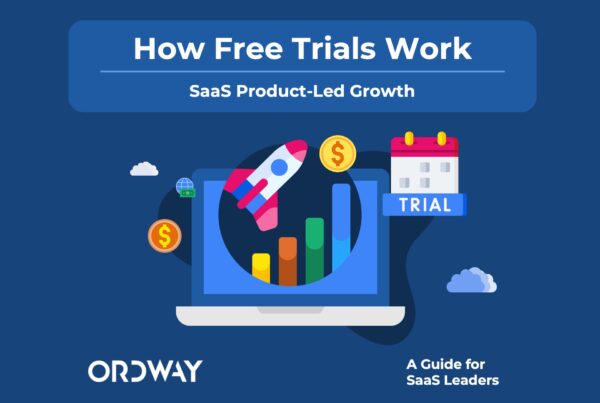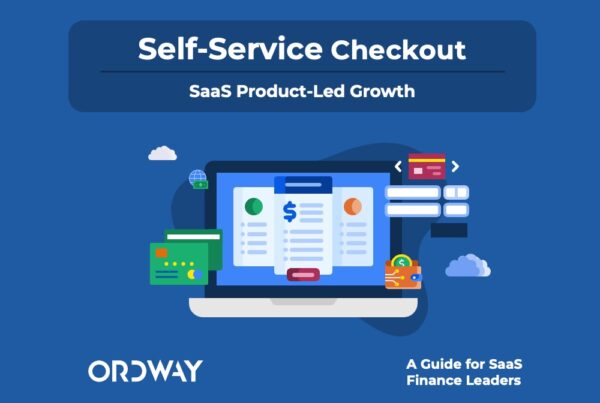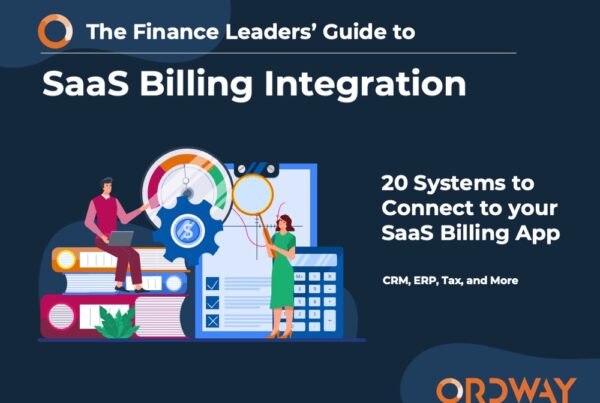Are you using the best approach to calculate ARR?
ARR is one of the most important, if not the most important, metric used to evaluate the health of SaaS and cloud businesses.
Venture capital investors typically assign valuations based upon a multiple of a company’s ARR (annual recurring revenue). Business plans, executive compensation targets, and even debt covenants are tied to annual recurring revenue. Other SaaS metrics such as ARPU, net and gross retention are often calculated based upon ARR.
- Start and end dates – Does ARR start on the contract effective date? Or should it be aligned with implementation and go-live?
- Revenue streams to include – Can ARR include monthly fees? Revenue from usage-based pricing? Professional services?
- Formula calculation – Do you calculate ARR by multiplying MRR by 12? Or by annualizing GAAP revenue?

Download the Guide
Is there a better way to calculate ARR?
You don’t want to just report on ARR the way you’ve always done it. You want to report on ARR using the approach that best tells your story – the one that reflects the recurring revenue your company is contracted to deliver over the next year. Which formula and policy elections most accurately represent the state of your business and the way investors should think about it?
What is recurring?
Are there revenue streams that act, look, and smell like recurring revenue even though they don’t meet the textbook definition of ARR? If so, perhaps they should be included in the calculations.
Usage-based pricing
If the revenue generated from usage-based pricing contracts is predictable and consistent, in aggregate across your customer base, and the majority is tied to annual contracts then it may be appropriate to include in your ARR.
Monthly plans
If the historical revenue generated from customers on monthly plans, in aggregate across your customer base, is consistently trending in a diagonal upwards line then it may be appropriate to include in your ARR.
Professional services
If your enterprise customers need a premium customer support package on top of your core subscription that is priced as a monthly recurring fee, then it may be appropriate to include in your ARR.
What is most relevant?
Are there revenue streams that are recurring, but are not long-term focus areas for your business that create a potentially misleading drag on ARR? If so, perhaps they should be excluded from the calculations.
Non-core product lines
If your business made an acquisition of a $5M startup primarily to secure ownership of its generative AI business that represents 60% of the revenue, then it may be appropriate to exclude the other $2M of legacy products you intend to sunset from your ARR.
Non-core customer segments
If your business began by selling to small businesses, but has since shifted to large enterprises then it may be appropriate to exclude the recurring revenue from the non-core (SMB) segments from ARR.
Even if you are satisfied with your current approach, it is only prudent to understand the different approaches being used to calculate ARR to be confident that your reporting provides the best insight into recurring revenue growth.
SaaS Investor Metrics
ARR, NRR, ARPU, and more
Ordway enables SaaS finance leaders to calculate revenue metrics such as annual recurring revenue (ARR), net dollar retention, gross dollar retention, average revenue per unit (ARPU), and ARR movements such as expansions, contractions, and churn.



